Outer Space & Universe
Outer Space & Universe
Space, also known as outer space, is the near-vacuum between celestial bodies. It is where everything (all of the planets, stars, galaxies and other objects) is found.
On Earth, space begins at the Kármán line (100 km above sea level). This is where Earth's atmosphere is said to stop and outer space begins. This is not a firm boundary but is a convention used by scientists and diplomats.
Items in space are free to move back and forth; up and down; and left and right. These three dimensions are what make 3D space. Items also move forward through time, which is sometimes called the fourth dimension.
The majority of space contains very little matter and so most of it is a vacuum. Scientists do not know how big space is but we do know that space is extremely big, and is always expanding.
According to the big bang theory, all matter and energy in the Universe was compressed into a very small space. Then it exploded and started expanding. Space is still growing in size today; this means the distance from one galaxy to distant galaxies is getting longer.
Gravity is the force that keeps the Moon in orbit around the Earth and the planets in orbit around the Sun. Gravity can stretch and bend space similar to how a heavy ball placed on a stretched sheet of rubber will cause the rubber to stretch. The scientist who discovered that space can bend is named Albert Einstein. How gravity bends space is part of his theory of general relativity.
Astronauts, Cosmonauts, Taikonauts and Spationauts
An astronaut is any person who is trained by NASA to travel and perform tasks in space. Although the space traveler may not necessarily be a United States citizen, each astronaut does go through a rigorous training regiment by the National Aeronautics and Space Administration. Other space travelers go by other names then astronaut depending on their country of origin.
In the United States, astronaut is derived from the Greek words ástron (star) and nautis (sailor). While, in Russia, a space traveler goes by the name космонавт (English: cosmonaut), which is derived from the Greek words kosmos (universe) and nautis (sailor). Westerners call a space traveler from China a taikonaut, based on the 1998 writings of Chiew Lee Yik and Chen Lan where the term tàikōng (great emptiness), Chinese for “space”. In China, the term yuháng yuán (universe navigator) is used for space traveler.
Only the United States of America (United States), Russia (earlier, the Union of Soviet Socialist Republics), and the People’s Republic of China (China) have sent manned spacecraft into space. Other countries have assisted these countries by sending their own space travelers on space missions. For instance, a French space traveler is called a spationaut (from the French word spationaute), which is derived from the Latin spatium (space) and Greek nautis (sailor). (plural in Greek nautes = sailors)
-
02:14
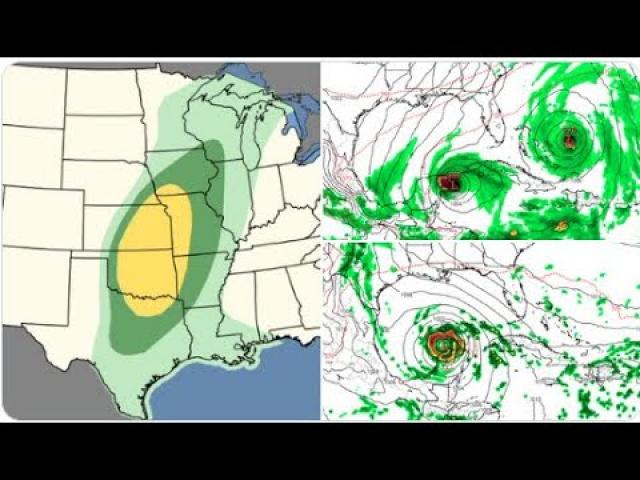
Red Alert! Double* Hurricane watch & Severe Weather Wednesday!
Added 91 Views / 0 LikesWARNING: this energy sucks.God bless everyone,Thttps://www.paypal.me/THORnewshttps://venmo.com/TEric-Lewisonhttps://www.patreon.com/thornews
-
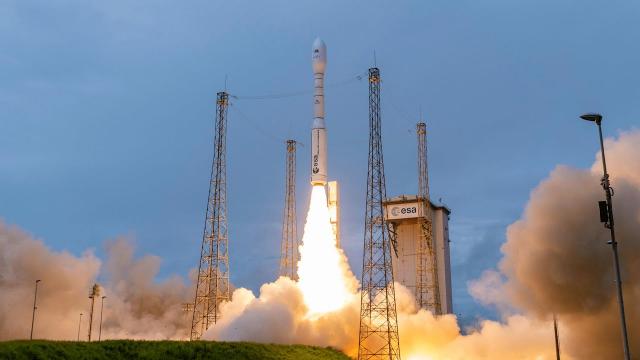
Watch live! Vega-C rocket to launch Sentinel-1C satellite in return to flight
Added 91 Views / 0 LikesOn Wednesday, December 4th the Arianespace Vega-C launcher, which is smaller and lighter than its predecessor, will launch the Sentinel-1C spacecraft and you can watch the action live here!Broadcast courtesy: Arianespace
-
08:59
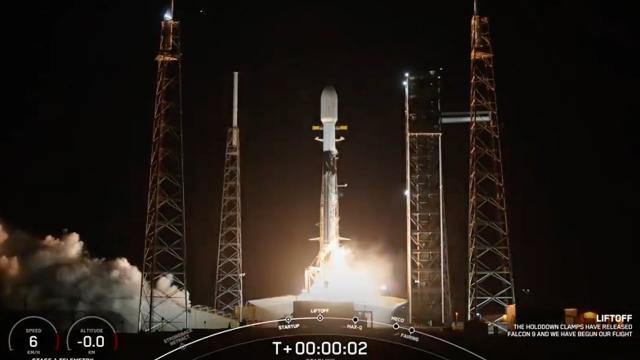
Blastoff! SpaceX launches Starlink batch on booster's record 27th flight, nails landing
Added 91 Views / 0 LikesA SpaceX Falcon 9 rocket launched 27 Starlink satellites lifted from Florida's Cape Canaveral Space Force Station on April 14, 2024.It was the 27th launch for the rocket's first stage, breaking a reflight record that this same booster set two months ago.
-
00:30
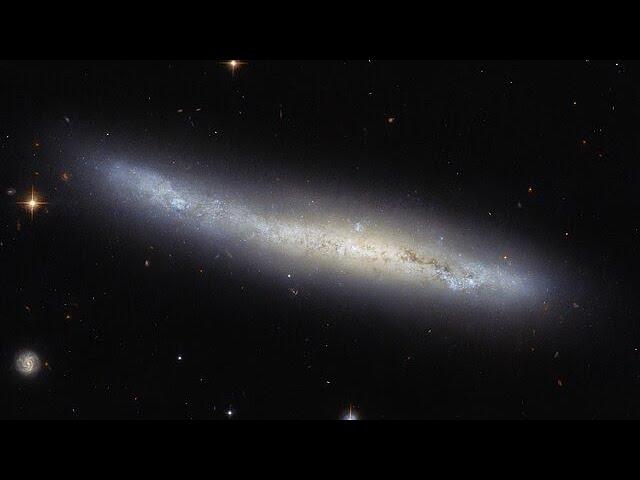
Pan of NGC 4423
Added 90 Views / 0 LikesHere we see NGC 4423, a galaxy that lies about 55 million light-years away in the constellation Virgo. In this image NGC 4423 appears to have quite an irregular, tubular form, so it might be surprising to find out that it is in fact a spiral galaxy. Knowi
-
01:07
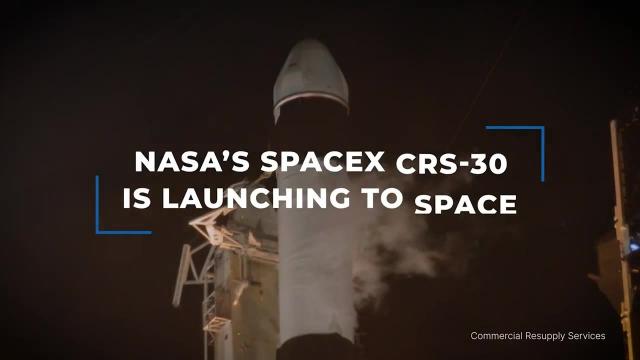
SpaceX CRS-30 mission to space station - Science payloads explained
Added 90 Views / 0 LikesLearn what science payloads are being shipped aboard Cargo Dragon to the International Space Station on the SpaceX CRS-30 mission.Credit: NASA
-
09:04
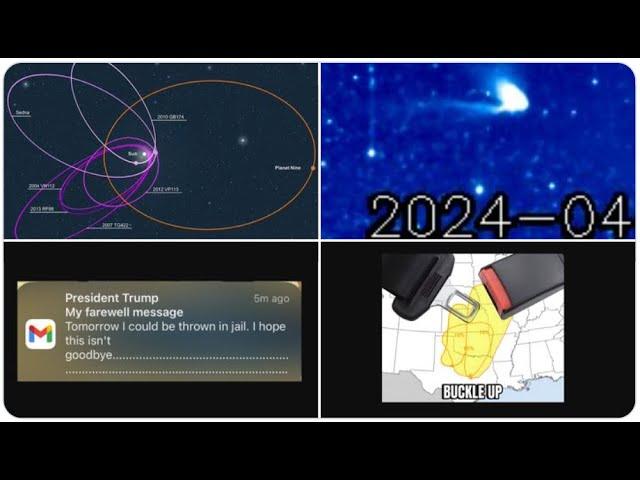
OK. It's getting Weird*. + BIG STORMS USA on the Way!
Added 90 Views / 0 LikesPlease stay cool.God bless everyone!Thttps://www.paypal.me/THORnewshttps://venmo.com/TEric-Lewison$THORnews on CashApphttps://www.patreon.com/thornews
-
04:35

RED ALERT! BIG Texas Floods Next Week! Sinkhole City! Hurricanes Coming*! Avoid World War 3!
Added 90 Views / 0 Likesstay cool,God bless everyone,Thttps://www.paypal.me/THORnewshttps://venmo.com/TEric-Lewison$THORnews on CashApphttps://www.patreon.com/thornews
-
00:30

Pan: NGC 3059
Added 90 Views / 0 LikesThis Picture of the Week features the barred spiral galaxy NGC 3059, which lies about 57 million light-years from Earth. The data used to compose this image were collected by Hubble in May 2024, as part of an observing programme that studied a number of g
-
09:07
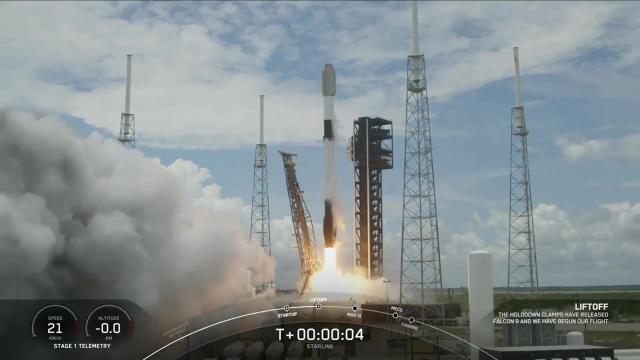
Blastoff! SpaceX launches Starlink batch, nails landing - 1st launch of potential doubleheader
Added 90 Views / 0 LikesA SpaceX Falcon 9 rocket launched 22 Starlink satellites to low-Earth orbit from Space Launch Complex 40 (SLC-40) at Cape Canaveral Space Force Station in Florida at 1:15 p.m. ET on June 23, 2023. There is a second launch scheduled from Vandenberg Space F
-
08:58
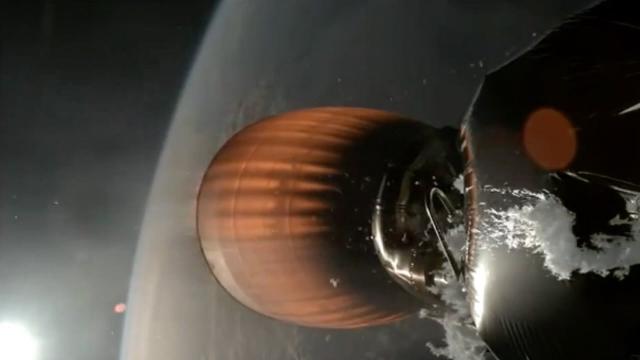
Blastoff! SpaceX Starlink launch suffers upper stage anomaly - See the 'icy' engine burn
Added 90 Views / 0 LikesA SpaceX Falcon 9 rocket launched 20 Starlink satellites from California's Vandenberg Space Force Base on July 11, 2024. The second stage engine did not complete its burn and more than usual ice build up is seen. Full Story: https://www.space.com/spacex-s
-
01:32
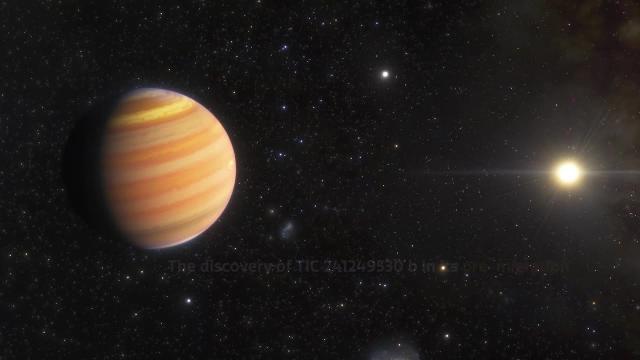
Gas giant exoplanet seen transforming into a hot Jupiter
Added 90 Views / 0 LikesThe transforming exoplanet that was observed by the WIYN 3.5-meter telescope at the U.S. National Science Foundation Kitt Peak National Observatory has a strangely elongated orbit. Full Story: https://www.space.com/exoplanet-weird-orbit-hot-jupiter-transf
-
00:20

Pioneering space exercise study on a parabolic flight!
Added 90 Views / 0 LikesA flywheel exercise device for the Artemis 2 round-the-moon mission undergoes testing during a Falcon 20 parabolic flight in Canada in July 2024. Using the device is Yannick Laflamme, an exercise specialist in operational space medicine with the Canadian
-
00:57

James Webb Space Telescope discovers a cool super-Jupiter exoplanet
Added 90 Views / 0 LikesA video zooms in on Eps Ind Ab a super Jupiter which is old and cold. The discovery signals a new era of exoplanet hunting.Credit: T. Müller (MPIA/HdA), E. Matthews (MPIA)Music: Through Stormy Weather by Philip Ayers / courtesy of http://www.epidemicsound
-
14:22

NASA Astronaut Don Pettit Training Resource Reel
Added 90 Views / 0 LikesNASA astronaut Don Pettit launches to the International Space Station this September aboard the Roscosmos Soyuz MS-26 spacecraft. After his arrival to the space station, he’ll become a flight engineer of the Expedition 71/72 crew. Pettit trained for his m
-
09:10
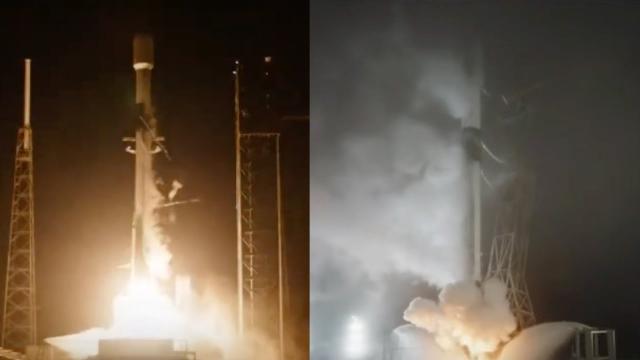
Blastoffs! SpaceX launches two Falcon 9 rockets in 65 minutes, nails landings
Added 90 Views / 0 LikesTwo SpaceX Falcon 9 rockets launched a combined 42 Starlink satellites on Aug. 31, 2024 in a span of 65 minutes. The first lifted off from Florida's Cape Canaveral Space Force Station at 3:43 a.m. EDT (0743 GMT). The second rocket lifted off from Californ
-
01:05
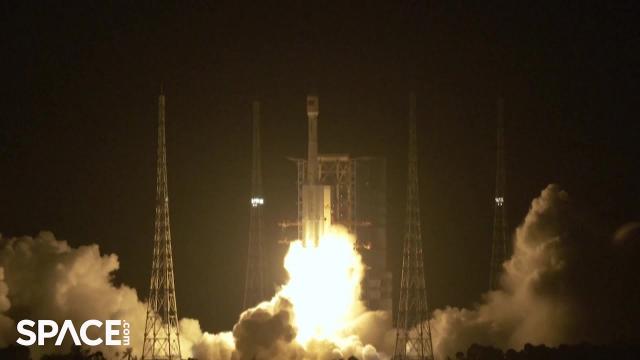
China launches ChinaSat 4A satellite atop Long March 7 rocket
Added 90 Views / 0 LikesA Chinese Long March 7 rocket launched the ChinaSat 4A satellite from the Wenchang Space Launch Site on Aug. 22, 2024. “The satellite will provide voice, data, radio and television transmission services,” according to China Central Television (CCTV).Credi
-
01:00
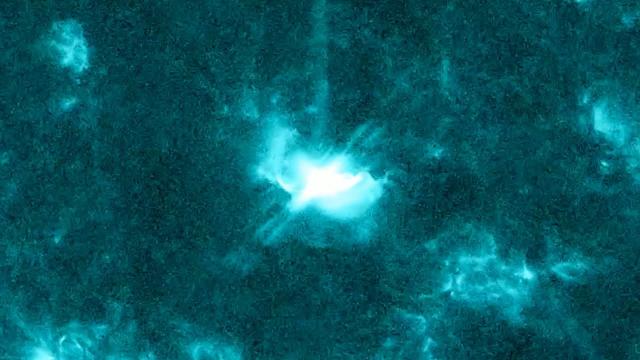
Sun unleashes powerful X1.11-class solar flare, seen from space
Added 90 Views / 0 LikesSunspot AR3765 erupted with a unleashed X1.11-class solar flare on Aug. 14, 2024. NASA Solar Dynamics Observatory captured the fireworks in multiple wavelengths. Footage courtesy: NASA / SDO and the AIA, EVE, and HMI science teams, helioviewer.org
-
01:06
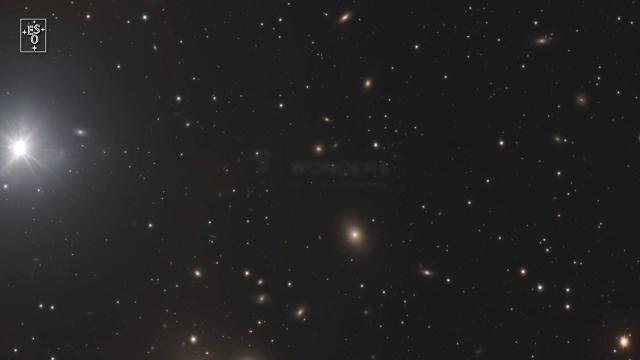
Hydra I galaxy cluster is leaking cold gas - Take a tour
Added 90 Views / 0 LikesTake a tour of the Hydra I galaxy cluster. A galaxy in the region, NGC 3312, is "losing cold gas as it moves through the hot gas within the cluster," according to the European Southern Observatory.Credit: ESO/INAF/M. Spavone, E. Iodice. Music: Mylonite ––
-
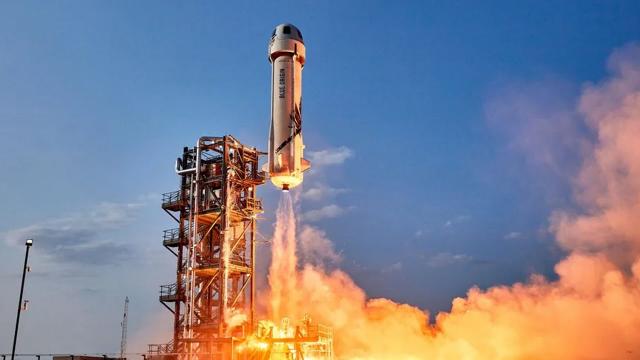
Watch live! Blue Origin to launch 2nd human-rated New Shepard rocket
Added 90 Views / 0 LikesJeff Bezos' aerospace company plans to launch its uncrewed NS-27 mission Monday morning, sending its New Shepard rocket-capsule combo on a brief trip to suborbital space. It will be the first mission for this particular vehicle, according to Blue Origin.
-
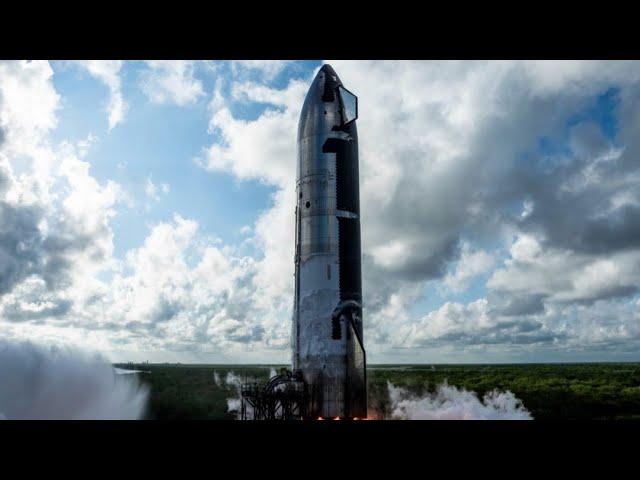
Watch live! SpaceX to launch Starship, attempt to catch booster
Added 90 Views / 0 LikesSpaceX's 5th Starship launch is ready to get off the ground, pending FAA approval, and you can watch the action with us live!
